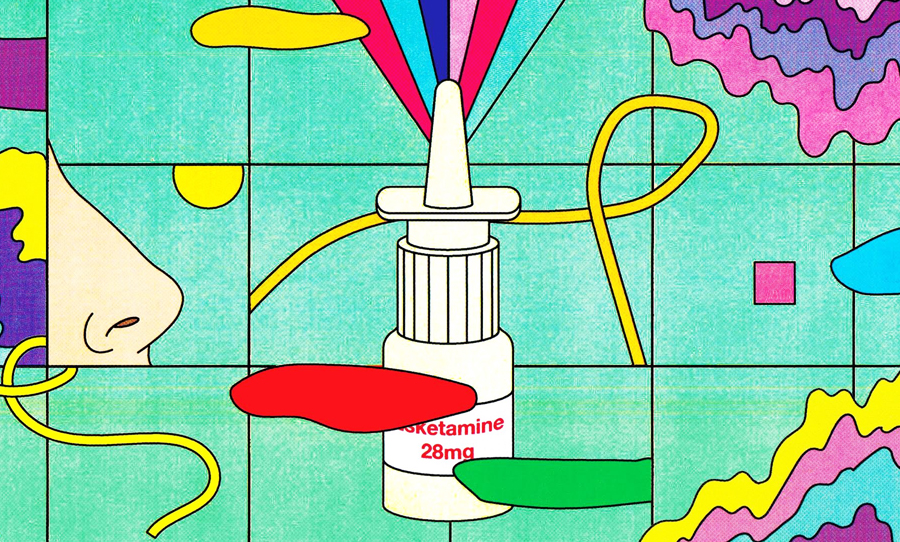A recent experiment involving sheep and ketamine aims to better understand the effects of the drug on the brain. By administering the animals with various doses of ket, the Cambridge study has found that K-holing may actually be a result of the brain going static for a bit.
No wonder a line of K makes you feel like you’ve spiralled into another dimension.

A recent study on the effects of ketamine has found that the brain may be turning off and on when high doses are administered (otherwise known as K-holing).
Ketamine, namely ‘horse tranquilliser’, has been used for many years by medical practitioners and veterinarians as a sedative and anaesthetic. However, ket is now commonly used as a recreational party drug, due to its dissociative and hallucinatory side effects.
Some users have described having out-of-body psychedelic experiences that alter the senses and realities of life. When K-users go beyond their limits and take too much, they may feel completely detached from their body/head and enter the realm of oblivion. This is known colloquially as falling into a K-hole, due to the near-death experiences one may suffer in this state.
This contemporary scientific study involved administering sheep with high and low doses of the drug, monitoring the effects on the brain’s activity. The sheep were induced with 12mg/kg in the first and second phases of the experiment. For the third and final phase, six of the twelve sheep were given a single higher dose of 24mg/kg and the results are fascinating.
The sleepy sheep went into shut down mode initially, but transitioned in and out of high and low-frequency oscillations as they regained their consciousness. This is when users are most likely to experience those trippy hallucinations we were talking about earlier.
“As the sheep came round from the ketamine, their brain activity was really unusual,” said Professor Jenny Morton, the research scientist who led the Cambridge study. “The timing of the unusual patterns of sheep brain activity corresponded to the time when human users report feeling their brain has disconnected from their body.“
The brain waves of the sheep who had a higher dose came to an absolute halt – a “pause” that is likely similar to that of the infamous K-hole. One of the sheep brains actually stopped for a number of minutes.
“This wasn’t just reduced brain activity,” said Professor Morton. “After the high dose of ketamine the brains of these sheep completely stopped. We’ve never seen that before.”
The experiment was undertaken as primary research into a large-scale study into the impact therapeutic drugs have on people with Huntington’s disease; a rare diagnosis that causes the progressive breakdown of nerves in the brain, leading to cognitive problems with movement and the psych.
The findings offer fresh insight into the effects of ketamine on the brain. What we do know is that K-holing is not fun, and you wanna minimise your chances of that ever happening. But how can you tell when too much really is too much? When disorientation meets blur, you’ll know you’re in for it. Don’t get stuck!



